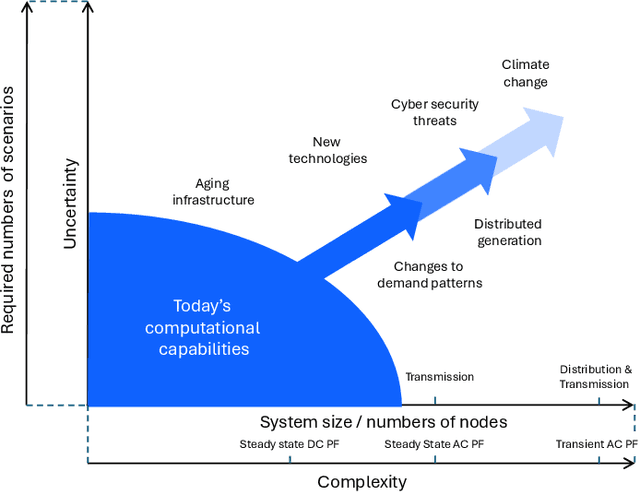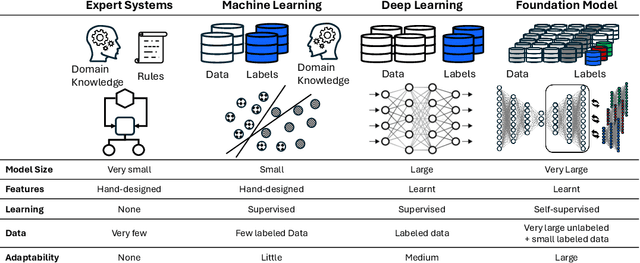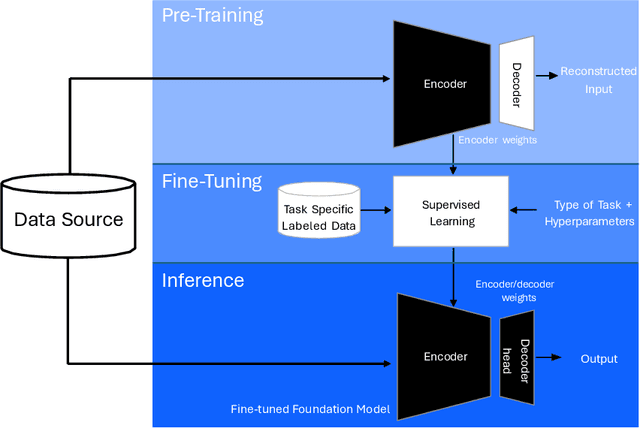François Mirallès
MXMap: A Multivariate Cross Mapping Framework for Causal Discovery in Dynamical Systems
Feb 06, 2025Abstract:Convergent Cross Mapping (CCM) is a powerful method for detecting causality in coupled nonlinear dynamical systems, providing a model-free approach to capture dynamic causal interactions. Partial Cross Mapping (PCM) was introduced as an extension of CCM to address indirect causality in three-variable systems by comparing cross-mapping quality between direct cause-effect mapping and indirect mapping through an intermediate conditioning variable. However, PCM remains limited to univariate delay embeddings in its cross-mapping processes. In this work, we extend PCM to the multivariate setting, introducing multiPCM, which leverages multivariate embeddings to more effectively distinguish indirect causal relationships. We further propose a multivariate cross-mapping framework (MXMap) for causal discovery in dynamical systems. This two-phase framework combines (1) pairwise CCM tests to establish an initial causal graph and (2) multiPCM to refine the graph by pruning indirect causal connections. Through experiments on simulated data and the ERA5 Reanalysis weather dataset, we demonstrate the effectiveness of MXMap. Additionally, MXMap is compared against several baseline methods, showing advantages in accuracy and causal graph refinement.
Accelerating Quasi-Static Time Series Simulations with Foundation Models
Nov 13, 2024Abstract:Quasi-static time series (QSTS) simulations have great potential for evaluating the grid's ability to accommodate the large-scale integration of distributed energy resources. However, as grids expand and operate closer to their limits, iterative power flow solvers, central to QSTS simulations, become computationally prohibitive and face increasing convergence issues. Neural power flow solvers provide a promising alternative, speeding up power flow computations by 3 to 4 orders of magnitude, though they are costly to train. In this paper, we envision how recently introduced grid foundation models could improve the economic viability of neural power flow solvers. Conceptually, these models amortize training costs by serving as a foundation for a range of grid operation and planning tasks beyond power flow solving, with only minimal fine-tuning required. We call for collaboration between the AI and power grid communities to develop and open-source these models, enabling all operators, even those with limited resources, to benefit from AI without building solutions from scratch.
A Perspective on Foundation Models for the Electric Power Grid
Jul 12, 2024



Abstract:Foundation models (FMs) currently dominate news headlines. They employ advanced deep learning architectures to extract structural information autonomously from vast datasets through self-supervision. The resulting rich representations of complex systems and dynamics can be applied to many downstream applications. Therefore, FMs can find uses in electric power grids, challenged by the energy transition and climate change. In this paper, we call for the development of, and state why we believe in, the potential of FMs for electric grids. We highlight their strengths and weaknesses amidst the challenges of a changing grid. We argue that an FM learning from diverse grid data and topologies could unlock transformative capabilities, pioneering a new approach in leveraging AI to redefine how we manage complexity and uncertainty in the electric grid. Finally, we discuss a power grid FM concept, namely GridFM, based on graph neural networks and show how different downstream tasks benefit.
 Add to Chrome
Add to Chrome Add to Firefox
Add to Firefox Add to Edge
Add to Edge